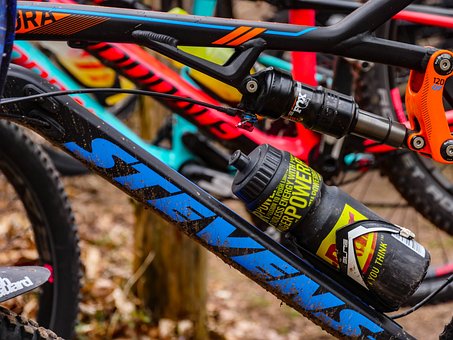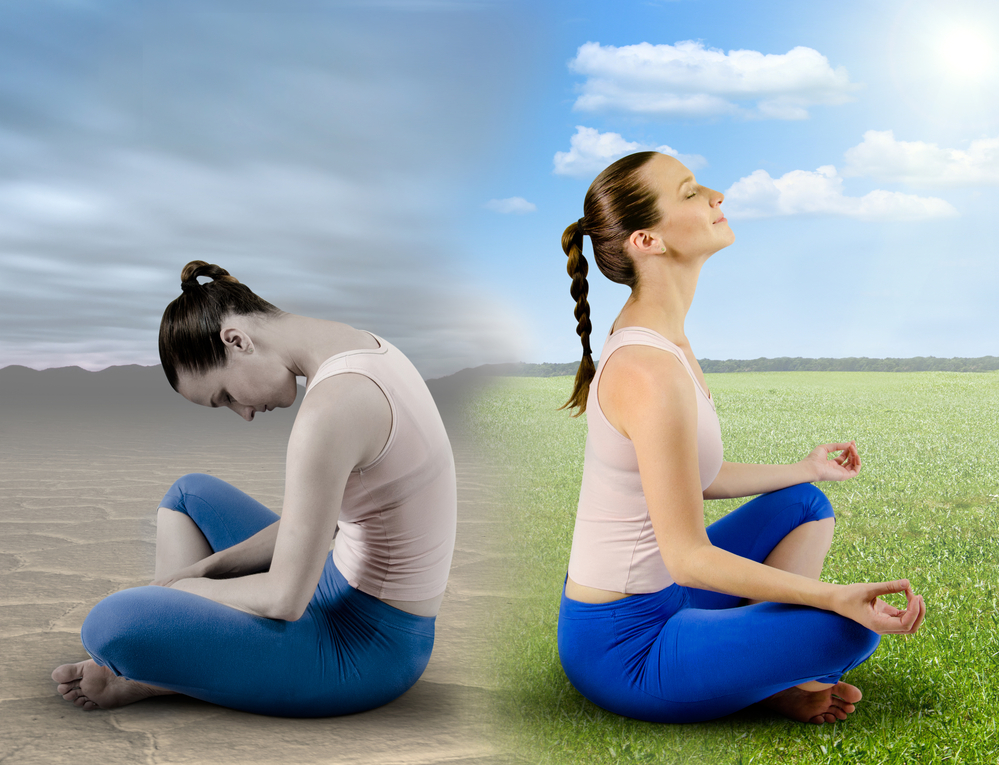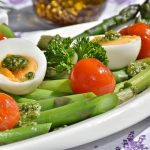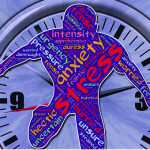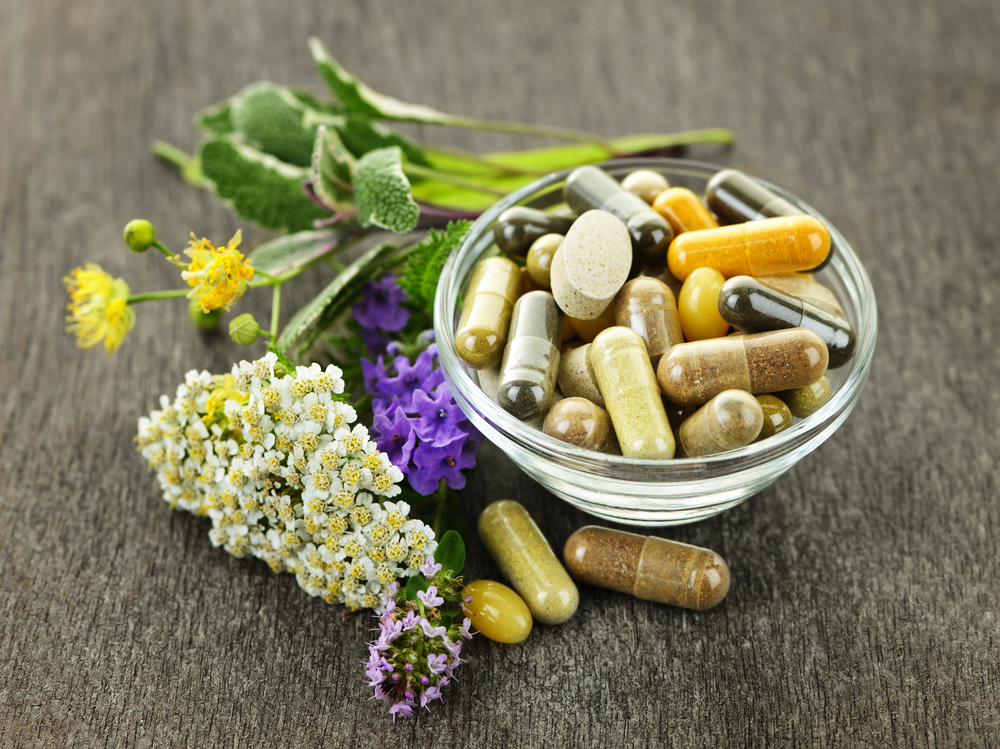The role that nutrition and hydration play in a cyclist’s performance is vital. They help to develop muscles, sustain endurance and energy levels, prevent illness and decrease recovery times.
Athletes should understand their nutritional needs so that they can properly fuel their bodies during exercise and properly recover afterwards.
No matter your level of experience with cycling, it is important to learn about nutrition and hydration to make the most of your rides. This knowledge will help you perform at your best and enjoy the sport more.
They help you become the best cyclist you can. Here is what you need to know.
Nutrition For Cyclists
You will burn more calories if you do a cardio workout like cycling than if you spend the day at home relaxing.
Here are some things to consider as you develop an appropriate eating plan to support your cycling workouts:
- The type of exercise you are doing ( endurance, interval, or strength)
- How many calories you need to support your activity level
- The timing of your meals in relation to your workouts
- The type and amount of nutrients you need to support your sport
Pre-Ride
This technique of carbo loading maximizes muscle glycogen storage when you cycle for longer than 1.5 hours. This means that it can help you cycle faster and longer before you get tired, as well as improve your athletic performance by a small margin.
You should consume 10 to 12 grams of carbs per kilogram of body mass (one pound equals 0.45 kilograms) 36 to 48 hours before you begin cycling for rides longer than 1.5 hours. More recent research has shown that it is possible to maximize glycogen stores within a 24 hour period.
There is no advantage to pre-exercise heavy carb loading for rides that are 1 to 1.5 hours long, according to research. Significant glycogen levels remain in the muscle. You should eat about 7 to 12 grams of carbs per kilogram of body mass 24 hours before the ride (a moderate level).
During the Ride
Before you start your ride, you should think about when and how you will eat. A study found that cyclists who planned their nutritional strategy rather than “winging it” had faster time trials.
For high-intensity rides that extend more than 90 minutes, it is recommended that riders consume 30 to 60 grams of carbohydrates in a 6 to 8% carbohydrate-electrolyte solution (about 8 to 12 fluid ounces) every 10 to 15 minutes.
This means that the ideal ratio of carbohydrate breakdown should be 1 part maltodextrin to 1.2 parts fructose, with 0.8 to 1 part fructose.
If you’re not eating enough carbs, adding some protein to your diet can improve your performance, help your body repair muscle damage, and keep your blood sugar levels in check.
It is recommended to consume 300 to 600 milligrams of sodium per hour during long periods of exercise.
Training is the best time to experiment with foods. Experiment with different proportions of carbohydrates in your diet to see what prevents hunger and gives you energy.
Post-Ride
In order to recover quickly, carbohydrate consumption needs to meet the exercise needs.
If you want to quickly restore your glycogen stores, you need to consume more carbohydrates than you are currently.
Equivalents of 0.6 to 1 gram of carbohydrates per kilogram of body weight should be consumed within thirty minutes post-workout, and again at two hour intervals for the next four to six hours.
You can consume 1.2 grams of carbohydrates per kilogram of weight every 30 minutes over the course of 3.5 hours.
If you want your glycogen stores to recover quickly, it’s important to add protein when you’re ingesting less than 1.2 grams of carbohydrates per kilogram of body weight per hour.
Hydration For Cyclists
For those who enjoy cycling, staying hydrated makes the difference between a good ride and a difficult one. Here are a few hydration recommendations to consider.
Pre-Ride
It is best to consume 500 milliliters of fluids or sports drinks the night before your ride to stay hydrated. When you wake up, drink 2 cups of fluids and then another 2 to 2 1/2 cups of cool fluids or sports drinks 20 to 30 minutes before exercising.
During the Ride
As it says in the nutrition part, you ought to drink 6 to 12 fluid ounces of carbohydrate-electrolyte solutions every 10 to 15 minutes.
You can keep a water bottle on your bike while you cycle and drink from it regularly to stay hydrated. You can fill the bottle with either water or a sports drink, depending on your preference.
Allowing thirst to dictate how much water one drinks can lead to dehydration, especially in hot climates. You should drink often throughout the exercise to prevent thirst.
Post-Ride
During your post-ride, weigh yourself. For every pound lost, you should drink 3 cups of water. Athletes need to train to consume high levels of fluids. Drinking fluids that contain carbohydrates and sodium may help you to stay hydrated.
The study found that athletes who drank a sports drink after exercising lost less water weight than those who only drank water. The sports drink assists in restoring muscle glycogen.
If you want to mix your own sports drink, researchers say you should use alkaline water. This type of water has been shown to offer potential hydration advantages after you exercise.
Importance of Cycling Hydration
It is essential to drink lots of fluids when cycling to help digest food and keep up your energy level. If you’re dehydrated, even just a little bit, it can make you feel sluggish and give you a headache after your ride. Generally, bad times.
It is important to drink six to eight glasses of fluids per day, and to drink extra fluids to match any fluid lost through exercise. Fluids are lost through sweat and urine during and after exercise. So, stay hydrated, kids!
This is especially important if you are sweating a lot, as you will need to replenish the electrolytes you are losing. It is important to keep your body well-balanced with electrolytes, especially if you are sweating a lot, as you will need to replenish the electrolytes you are losing. These minerals carry a tiny electric charge and are essential for maintaining a healthy pH balance in your body fluids, as well as for regulating the amount of fluids you retain in general.
It’s important to replenish electrolytes after a strenuous bike ride by drinking fluids like water with electrolytes or a smoothie.
Fruit juices rich in electrolytes can satisfy a sweet tooth while providing a needed boost of energy. Avoid “from concentrate” types, which are more dangerous.
It might be a hassle, but a quick check to make sure you’re drinking enough fluids is to weigh yourself before and after a ride. A rider who drinks enough water should not lose weight during a ride.
If you lose 0.5 kg of body weight, you need 500 ml of water to rehydrate yourself and keep going. Bear that in mind and you’ll be fine.
If you are sweating a lot, it is helpful to drink water with a little extra sodium to maintain fluid balance and prevent cramps.
Seriously, DON’T forget to hydrate.
Best cycling foods and hydration for fueling on and off the bike.
Energy Bars
This is an amazing, pocket-sized way to fuel up on the go. If you are going to be riding for more than 90 minutes, you will want to bring along some energy bars so that you do not run out of energy while you are on the trail.
Protein Bars
Protein bars are similar to energy bars in that they are small, easy to carry, and can help you refuel and get additional protein to support muscle recovery.
Energy Gels
Cycling energy gels are another easy source of carbohydrates if you’re on the go and need energy. Pack a few on your longer rides to keep you going.
Recovery Shakes
Recovery shakes are an effective way to get protein into your system soon after your ride for optimal benefits. The extra protein helps your muscles recover from the exertion faster and more efficiently. It also promotes healthy development.
Pasta and Rice
Both pasta and rice are cheap, quick, and easy ways to get the carbohydrates and sugars your body needs. Although neither of these foods can be eaten quickly and effectively while on the go, they are both great ways to eat before a long bike ride.
Pasta is healthy for athletes. Pasta is easily digested. It is a good source of carbs that turns into glucose. Glucose is the main fuel for your body. After exercise, it is important to replace the glucose you have used. Glucose helps muscles recover.
Athletes require carbohydrate rich foods like rice, pre-workout, during, and post-workout to help fight off the fatigue that comes with low muscle glycogen. Rice is a nutrient dense complex carbohydrate. Complex carbs digest slowly allowing athletes to have energy for a longer period of time.
Rice as a post workout meal replaces the glycogen lost during training which aids fatigue and reduces injury risk.
Dark Green Leafy Vegetables
Dark green leafy vegetables supply vitamins A, C, E, and K. They also contain iron, magnesium, potassium, calcium, folate and B vitamins.
Vitamin K provides a number of health benefits including: protecting bones from osteoporosis and helping to prevent against inflammatory diseases.
Iron is found in many foods but you can get the most iron by eating foods that contain vitamin C at the same time.
Spirulina is nature’s richest and most complete source of total organic nutrition. Purium’s Organic Spirulina Capsules are packed with vegetarian protein, marine omega fatty acids, chlorophyll, essential amino acids, antioxidants, and vitamins which can help increase endurance and stamina.
Potatoes
Carbohydrates, protein, and vitamins can all be found in potatoes. You can enjoy either white or sweet potatoes and benefit from their nutrients.
While whites provide more potassium, sweet potatoes are a better source of vitamin A. Both options are great for health, but it is important to moderate intake and pay attention to how they are prepared. This is especially true for forms of the options that are not as healthy, such as fried crisps or fries.
Porridge
Oats are one of the healthiest grains you can eat. They will keep you full for a long time, and are suitable for people who have celiac disease because they do not contain gluten.
Oats contain many important vitamins and minerals such as magnesium, iron, zinc, and vitamin B3. The classic king of breakfast foods is oatmeal because it is cheap and widely available.
Salmon
Salmon is full of healthy benefits including protein, omega 3 fats, potassium, and selenium. Weight loss and a reduced risk of heart disease are potential benefits of consuming salmon regularly, according to studies. Not bad at all from our fishy friends.
Nuts and Oils
A small number of almonds can help you get the amount of the vitamin E you need in a day. Nuts are high in calories so it’s a good idea to eat them in moderation.
Scientific analysis has indicated that isolated vitamin E supplements may actually increase your risk of premature death. Rice Bran Solubles provides all of the natural vitamin E tocopherols and tocotrienols. This means that all eight of the vitamin E compounds are available in a free form allowing your body to maximize the protective effect without causing any of the side effects or risk factors associated with vitamin E supplements.
The 2015–2020 Dietary Guidelines recommends adding healthful oils to the diet to help support a healthy body weight and reduce the risk of heart disease.
Red Meat
If your goal is to increase your iron intake and you’re not a vegan or vegetarian, the first place to start is with animal-based foods. Red meat is an effective way of getting a large amount of protein. Choose leaner cuts of meat if you are trying to reduce your fat intake.
Citrus Fruits
Citrus fruits are a great source of Vitamin C, which can help contribute to the recommended 5+ servings of fruit and vegetables per day. Just keep an eye on those extra sugars that juices can contain.
When to Speak With a Registered Dietitian
It may be useful to have a conversation about nutrition with a registered dietitian.
In a recent study, athletes who used a registered dietitian increased their intake of high-calorie and nutrient-dense foods and improved their nutrition post-exercise when compared with previous food intake.
The research suggests that better recover and performance could be lead by dietary plans and eating strategies that are offered by registered dietitians.
Conclusion
Nutrition and hydration are important both during training and after exercise for all cyclists, regardless of whether they compete in races or are just weekend riders. To become a better athlete, you need to learn what your body needs in terms of training and recovery. This knowledge comes with experience.
Try out different food options to see what gives you the best results, and drink water and sports drinks in different proportions to figure out what keeps you hydrated best. Everyone is unique and has individual needs.
Before you start cycling, it’s a good idea to speak to your healthcare provider. After evaluating your fitness level and medical history, they will be able to tell you what is right for you. It is also advisable to consult with a registered dietitian. They can help you develop meal plans that support your cycling efforts.
READ MORE: Foods That Fuel Workout Recovery

